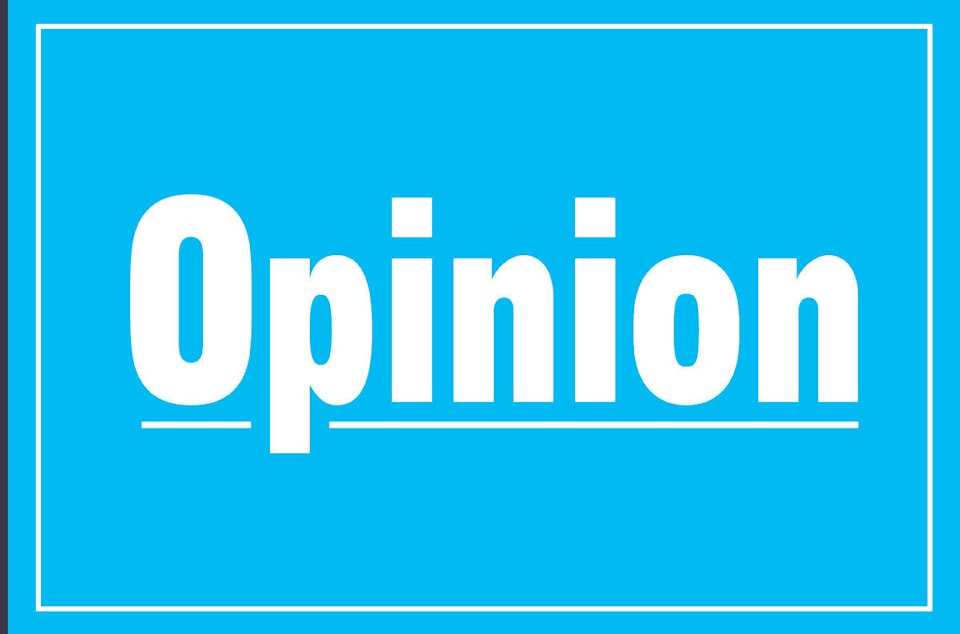It is no accident that the start of a weeklong parliamentary break found Justin Trudeau on the campaign trail in British Columbia.
Nor was it a surprise that, prior to flying west, the prime minister spent part of the weekend in Montreal, his home base, but also the place where the NDP is determined to make its last stand in Quebec this fall.
The SNC-Lavalin affair has cost Trudeau’s Liberals their pre-election lead in voting intentions, but it has not altered their long-held assumption that their path to a second term in government goes through vulnerable NDP territory.
More than ever, the Liberals are hoping to make up for foreseeable losses to the Conservatives with gains at the NDP’s expense, and are poised to campaign more aggressively for NDP-held seats than they have in decades.
In Ontario, that will mean targeting seats in the Windsor area, where autoworkers have a significant influence on the vote outcome, and where the Trudeau team believes its defence of the industry at the NAFTA renegotiation table could pay off.
In his time as prime minister, Trudeau has assiduously courted the unions.
If the choice comes down to backing the NDP or keeping Andrew Scheer out of office by aligning with the Liberals, many in the labour movement see supporting Trudeau as the only viable option.
At the same time, for more than a few non-conservative voters in Ontario, the damage to Trudeau’s brand as a result of the SNC-Lavalin affair pales in comparison to the prospect of a federal government aligned with Premier Doug Ford’s agenda.
Meanwhile, it is an open secret in Quebec that the Liberals have been courting Steven Guilbeault — one of the province’s leading environmentalists — to run under Trudeau’s banner in Laurier-Sainte-Marie.
The Montreal riding has not elected a Liberal since the demise of the Meech Lake constitutional accord almost 30 year ago, and was held by Bloc Quebecois leader Gilles Duceppe until the 2011 orange wave. But with NDP incumbent Helene Laverdiere retiring, the riding may be winnable for the Liberals — or, at least, winnable for a star candidate such as Guilbeault.
On Sunday night, Trudeau was on hand for his party’s nomination meeting in Vancouver Kingsway, where broadcaster Tamara Taggart was acclaimed as the Liberal candidate.
Like Laurier-Sainte-Marie, this is a riding where the Liberals would normally run a sacrificial lamb, not a well-known candidate such as Taggart. This fall’s election will be the fourth campaign for New Democrat MP Don Davies, who was re-elected in 2015 with 46 per cent of the vote — just about double the Liberal score.
On the weekend, Trudeau also called a byelection for May 6 in the B.C. riding of Nanaimo-Ladysmith, which has been vacant since New Democrat MP Sheila Malcolmson switched to the provincial arena. It will be the last byelection before the general election and all parties will be following the campaign closely.
Leger Marketing polled voters after the last week’s federal budget and found the Liberals and the Conservatives running neck-and-neck in B.C. It is also the province where both the NDP and the Green Party are the most competitive.
Elizabeth May’s party did not run a candidate against NDP Leader Jagmeet Singh in Burnaby South earlier this month. But the Greens did well in the Outremont, Que., byelection, where their candidate Daniel Green came in third behind the Liberals and the NDP.
If the Green Party is to improve its lot in this fall’s election, the movement could start on Vancouver Island, where May holds her own seat and where the May 6 byelection will be held.
The Liberals are not the only ones hoping to benefit from the slump in NDP support.
Chantal Hebert is a columnist with Torstar Syndication Services.
